Media | Articles
Vellum Venom Vignette: Is two-tone paint coming back?
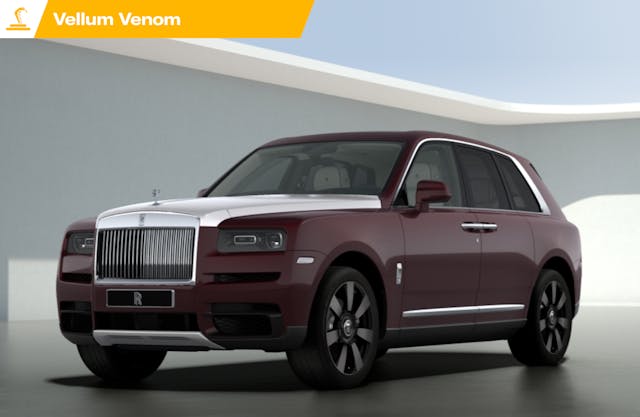
Fred writes:
This is the second time I’ve written you; the first was when you were at that other place. Anyway, I’ve noticed another automotive styling feature worth discussing, and perhaps you have some thoughts: I’ve been seeing cars with factory two-tone paint jobs, often a black roof over a white body. Will this become a trend?
Might it become more than black and white? Are we in for a return to ’50s paint schemes?
Sajeev answers:
Aside from the usual, bespoke creations for the top-tier demographic, we are absolutely not returning to 1950s levels of multiple-toned paint schemes. Cars are too damn expensive to make these days, and adding features is a balancing act: An automaker must consider sales volume and profitability. The market is too price-sensitive and competitive to alter that balance, and two-tone paint is the equivalent of dropping a lead weight on a balance beam scale . . . well, on a scale perfectly balanced with the features mandated by the government and the features demanded by consumers.
Marketplace
Buy and sell classics with confidence

It’s all fine and dandy for cars made in Maybachian volumes, like the mulberry-creme concoction I configured above. Profit margins on these vehicles are so insane that automakers can indeed stop an assembly line to do a bit more body prep for a two-tone paint job. But most companies do the aforementioned balancing act with airbags, power-assist this and that, turbocharged engines, cameras/radar sight thingies, six-plus-speed transmissions, giant wheels, big disc brakes, soft-touch vinyls, in-car entertainment systems, etc. All those features are legit threats to profit margins. But some lower-cost, outlier vehicles will always exist.

Take the delightful little Mini Cooper. The vehicle is designed to ensure that loyalty to Mini’s brand remains unquestionably rabid, as owners are encouraged to customize their cars with factory tweaks. It’s like adding flair to your uniform. Better yet, nobody bats an eye at the mini-uscule (sorry) amount of vehicle you get for the Camry-like price.
Genuine two-tone outliers, sadly, are just that. A better choice for beancounters, supply-chain analysts, and product planners is to differentiate areas on a vehicle with plastic trim in a contrasting color. The “XC,” or Cross Country, Volvos and the Chevy Spark ACTIV suggest companies can capitalize on the bigger, taller, more profitable SUV craze with different trim, different springs, and a snazzy name. Thanks to component logistics worthy of comparisons to Amazon, lean-manufacturing methodologies, and modern assembly-line technology, slapping on different parts at the factory is pretty easy and cost-effective.
Sadly these advancements haven’t trickled down to the labor-intensive act of applying two paint colors to a car’s body. Much like Uber still needs people behind the wheel to be anything resembling a going concern in the foreseeable future, most automakers still need people in the paint shop.
The Nissan Juke—now, only for sale outside the states—proves the point. Nissan recently added four paint shops that are two-tone friendly as part of a facility upgrade in the United Kingdom. That same article suggests “30 percent of customers” opt for a two-tone Juke, so the demand mandated the need for Jukes to be “masked by hand” as the video above suggests. But the Juke isn’t an entry-level vehicle, and it is such a niche product that Nissan quit selling it in the U.S. after 2017.
Two-toning a car is still too much work to support a widespread resurgence of the trend. Vehicles that get the treatment will be limited to those black-roofed examples mentioned by Fred. Granted, there is plenty of crazy body surfacing on modern vehicles that could be masked off and sprayed a different color, but there’s only one place to do it quickly—and cost-effectively, of course.

The roof usually has logical beginning and ending points at every pillar, as witnessed by the angular stopping points on a modern Jeep Grand Wagoneer. Try to do the same with angry slashes and soft bubbling along the body side, and you’ll have a truly bizarre-looking two-tone vehicle, one that would prove to be lot poison at dealerships across the country. Sure, you could two-tone a Dodge Challenger or Chevy Truck with modest effort and reasonable success, but any vehicle with a rounded fascia, complex bumper design, etc. makes the transition point between colors very challenging.
More to the point, an extra color isn’t gonna “move the metal” like a heated steering wheel will, and there’s only so much cost you can add before a substitute good looks more appealing. Consider the notion of a Ford Escape with two shades on its bubbly CUV body, likely an $800–$1000 option if it were to come to fruition. But odds are that the boosted price of a two-tone Escape would be too close to the sticker of a single-tone Ford Bronco Sport; the baby Bronco is roughly $1200 more than its more urbanite sibling.
It takes a special type of person to insist on a two-tone paint job. I’d like to think I know that two-tone feeling, as restoring Project Valentino to its proper shades of gold and chocolate was very, very expensive. The price was painful back then, but the end result still makes me pause, enjoy, and relax as I walk by it—a great feeling.
Any car can be two-toned easily in the aftermarket thanks to vinyl wrapping, so go ahead and let your spirit be free, without the confines of a multinational corporation’s bottom line. It’s only money, right?
***
Check out the Hagerty Media homepage so you don’t miss a single story, or better yet, bookmark it. To get our best stories delivered right to your inbox, subscribe to our newsletters.
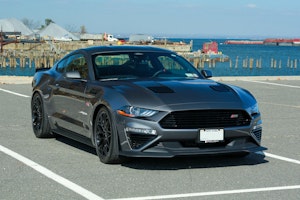
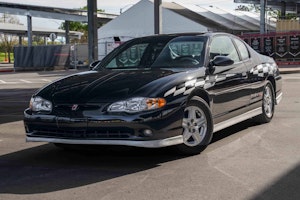
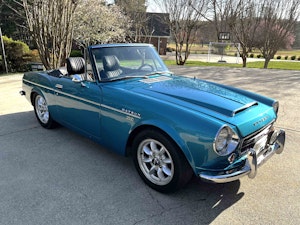


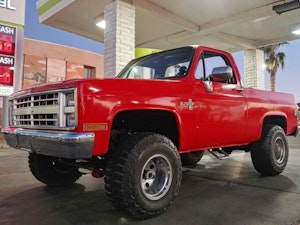


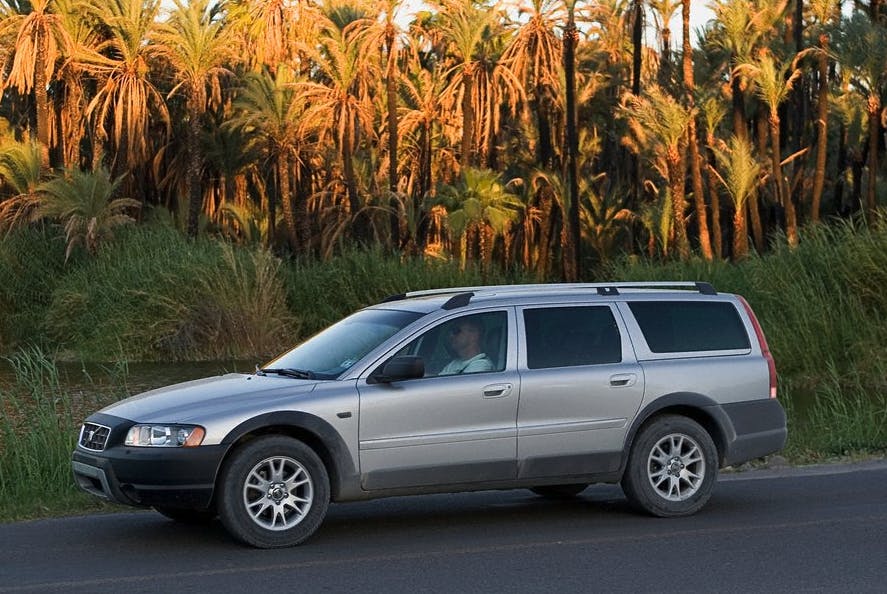
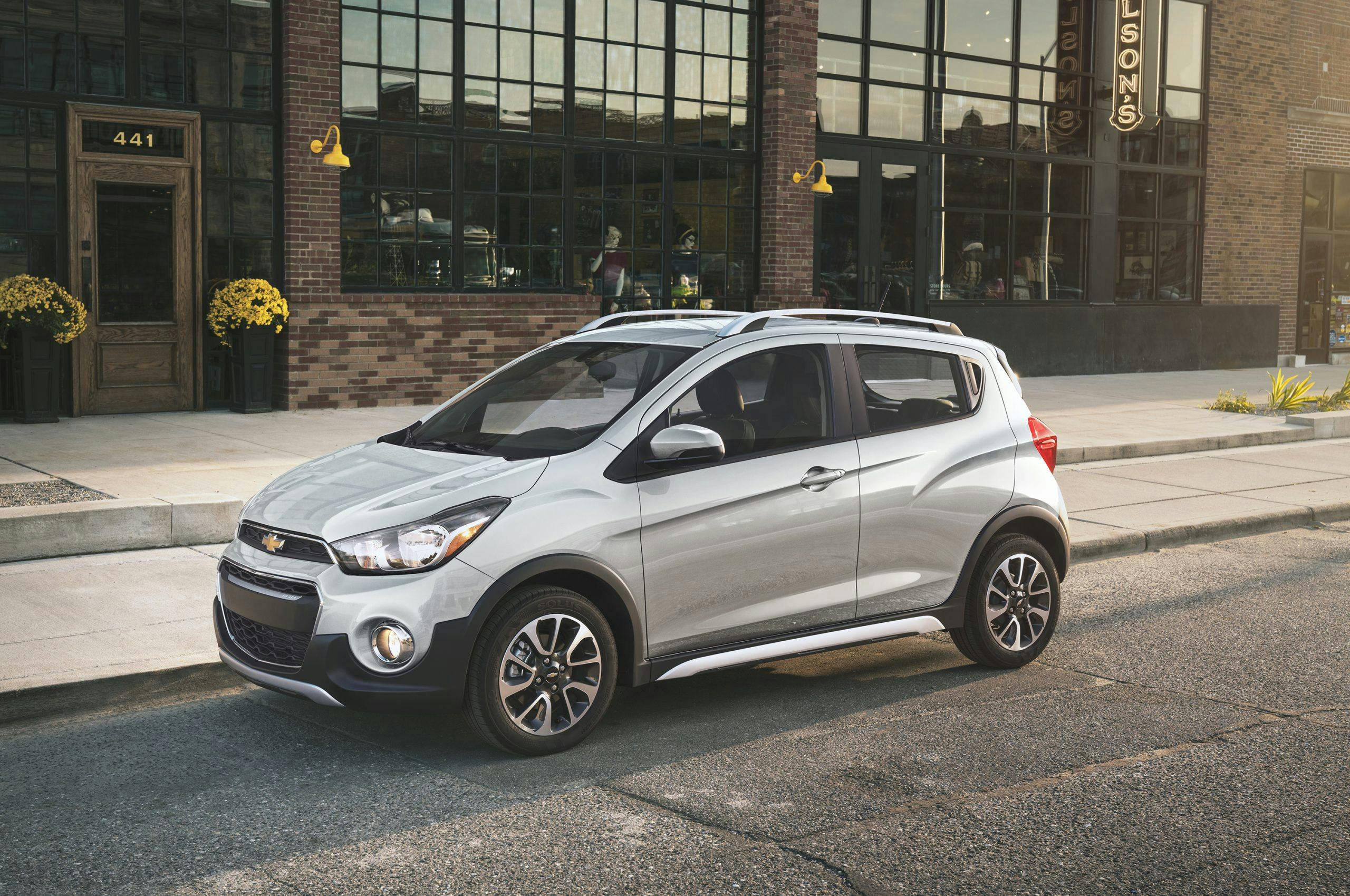
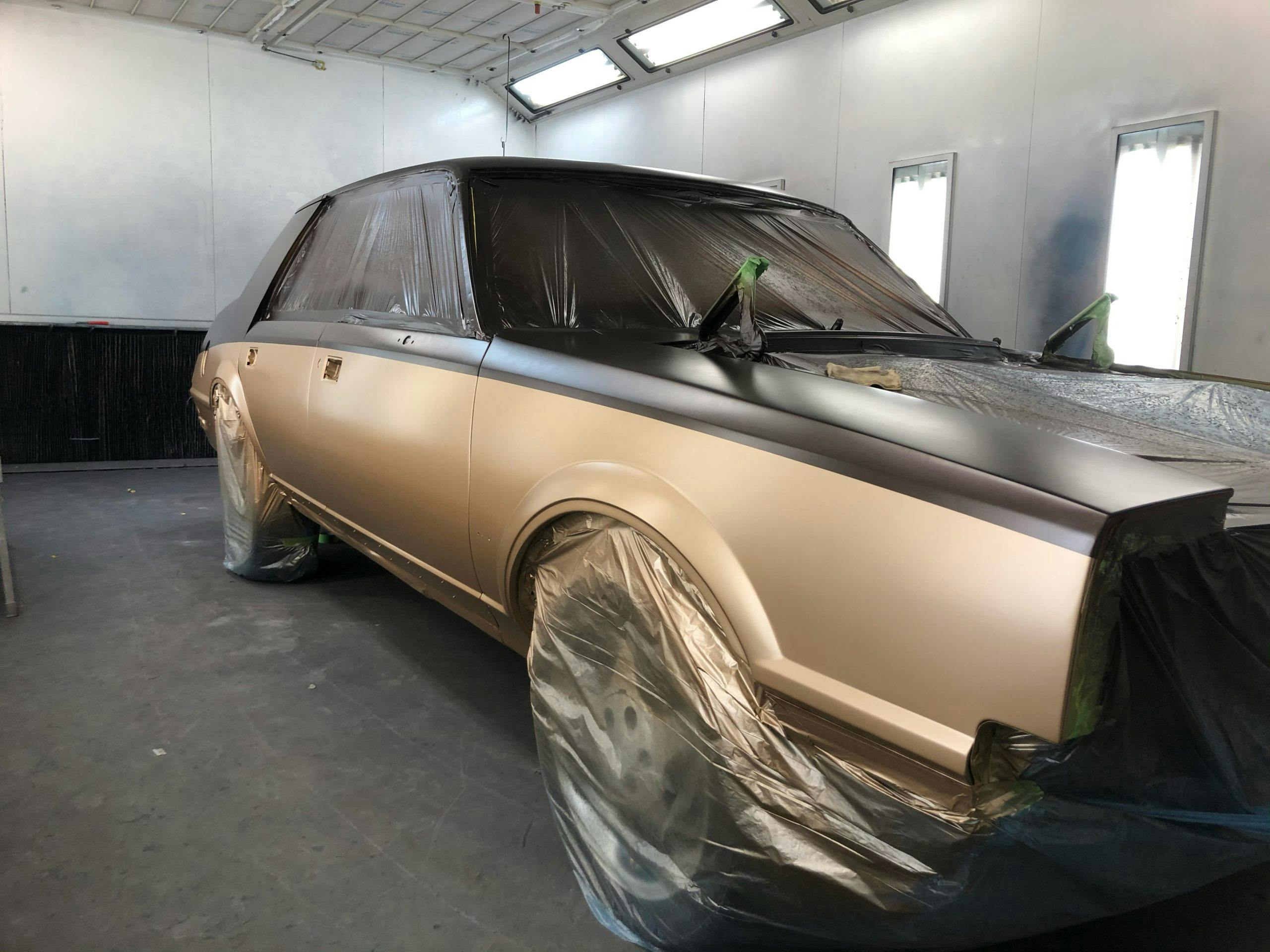
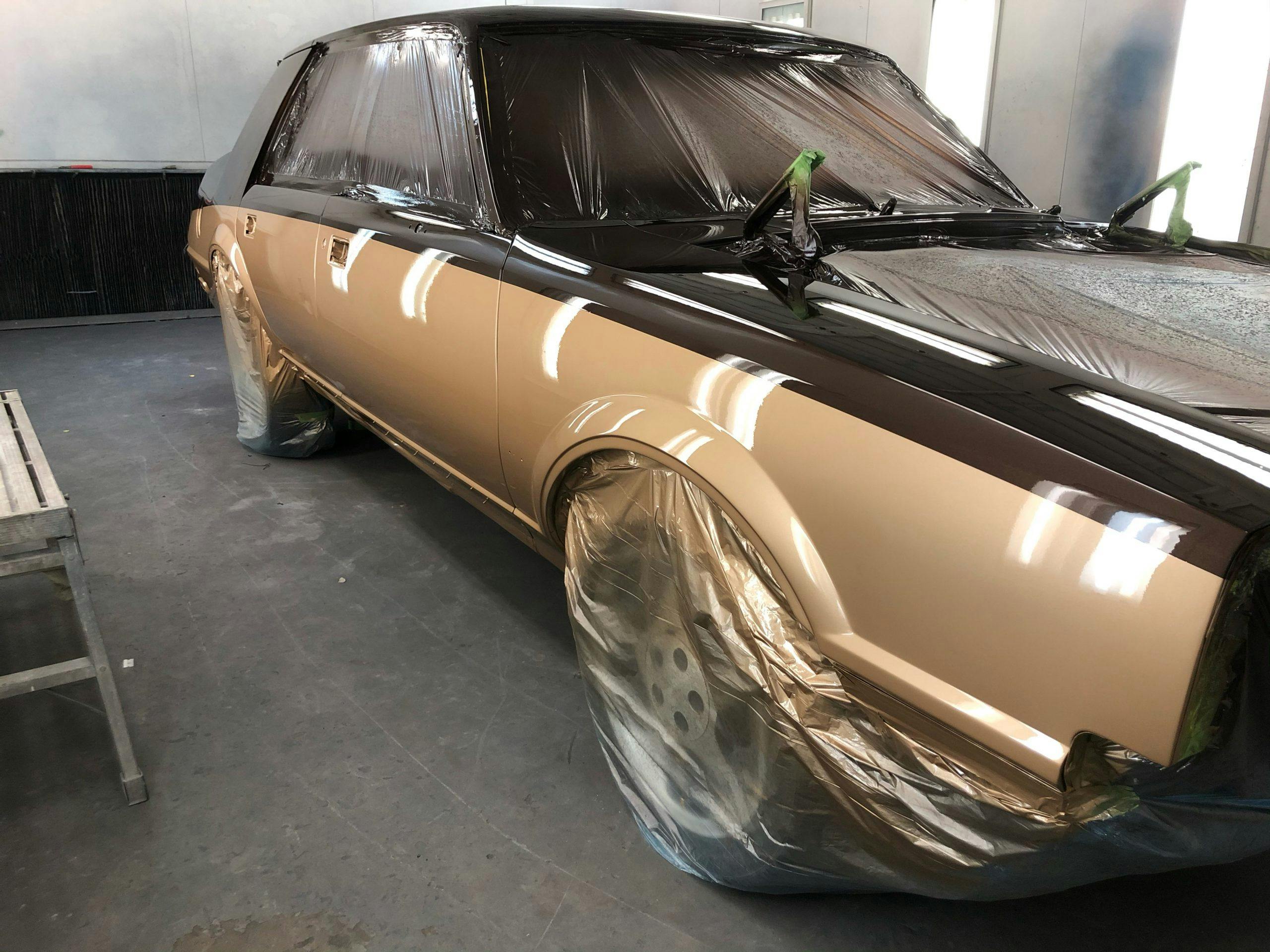











Back in 1956 my Dad ordered a Buick Century Riveria 2 door (pillarless coupe) with a white top, a black mid-section and a red bottom. Tri-color car. As a young boy I remember the salesman coming to the house with a demonstrator light box with slide in color panels that would show you how the colors would look on the car.
2 Tones have come and they have gone. The Mustang sported an optional Black package where you got a black roof, black mirrors all the way up until 2023, not sure about the new S650 Mustangs, not seen a lot of those out there. In the 50’s and 60’s for the most part cars were painted completely at the factory, the mirrors were typically chrome, Two tone paint from the 50’s and early 60’s were usually gaped by a Chrome strip and the masking line was usually on or around a highlight line. Later on, the 2 tone paint, in the 80’s was often covered by a tape stripe to hide said 2 tone tape lines. As things progressed into the 80’s, more and more parts were often no longer painted in the factory, but shipped in and installed already painted. Items like mirrors, door handles, bumpers, fillers, ground effects and gas doors were not painted on site with the rest of the car rather supplier painted. This allowed 2 tone paints to persist even well into the 2000’s, the Buick Rendezvous is one that comes to mind. Since the panels were coming in pre-painted and it created an easy to install two tone paint look, and the cost was minimal to the car manufacturer, as the pieces and parts were painted anyway, what difference did it make if they came in Red or silver.
My wife’s 2022 GLI is black roof, white body. The black on the roof they actually had to paint is so small because of the pano-sunroof. I believe it was only done to make the pano blend and not stand out against a white roof (or I should say two small areas at the front and back of the roof panel). A big, black glass expanse against two small color strips probably doesn’t look as nice.